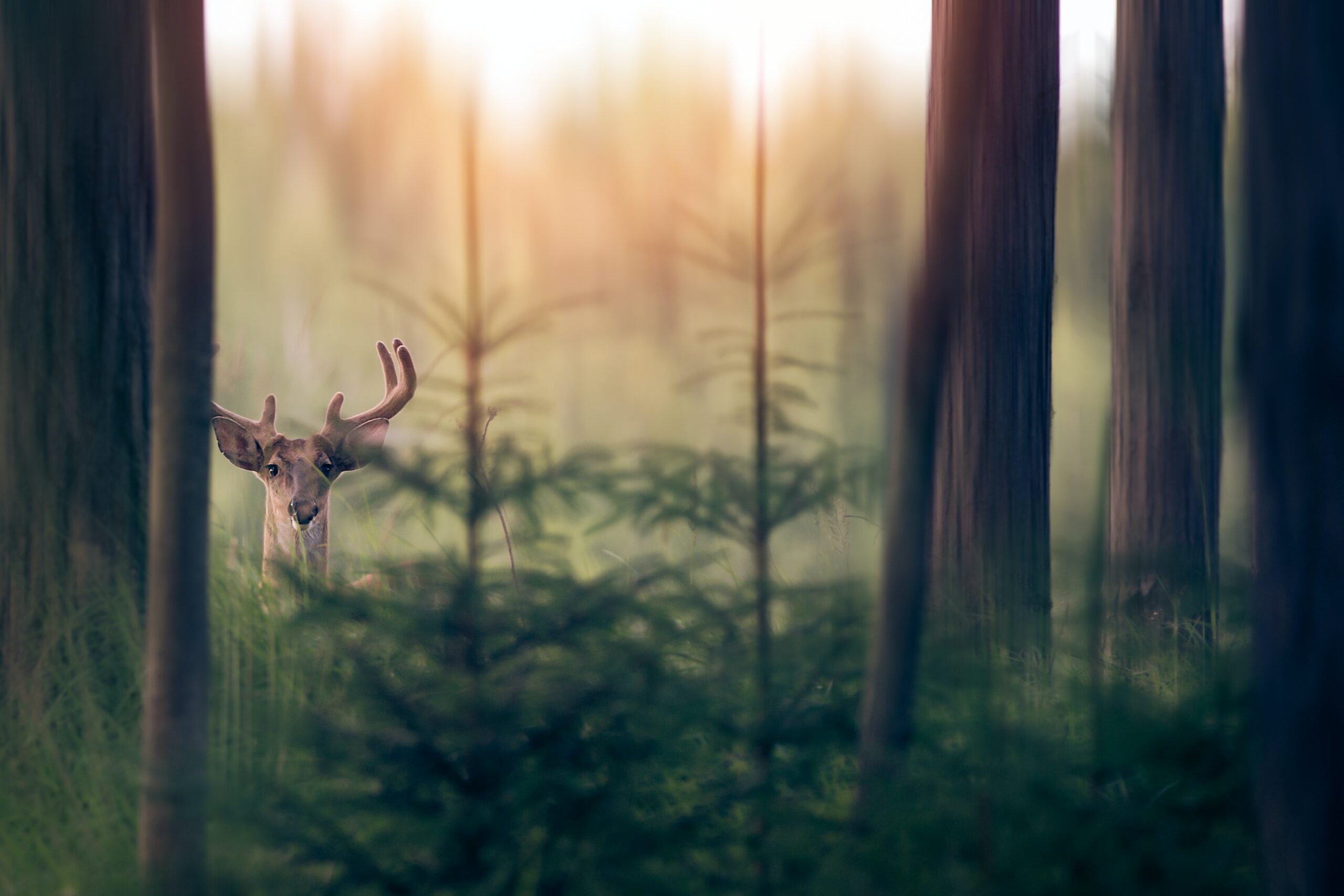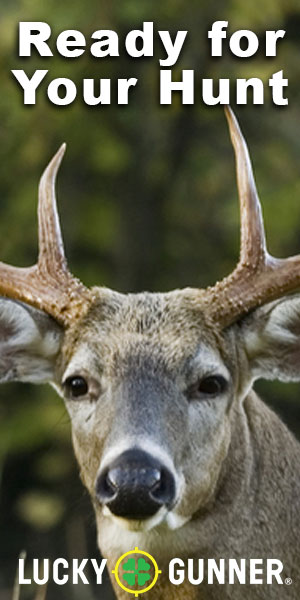Are deer nocturnal, and do their patterns change based on the moon? The moon’s influence on deer movement is an ongoing debate in the hunting world. We’ll look and see if there’s a scientific basis for the claims that the moon impacts deer activity.
Understanding Deer Movement
When starting to think about whether the moon phase affects deer movement, we’ll consider whether deer are nocturnal animals. Some deer are indeed active at night, but this tends to be a smaller subsection of the population.
Deer are largely crepuscular creatures, meaning they are most active in the hours before the sun sets and the hours just as the sun comes up in the morning. And while they can see at night, other predators, such as coyotes, can too. Minimizing their risk of predatory attacks is another reason they are most active during the day and primarily not nocturnal animals.
Why Do Deer Move?
The primary reason deer move is to get food. Deer typically feed twice a day, once earlier in the day and once later in the day. Like cows, they are ruminant creatures. To minimize their risk of being spotted by a predator, they forage quickly and finish eating and digesting their food when they return to their bedding area.
How Moon Phase and Position Impacts Deer Movement
How the moon influences deer movement is an ongoing question in the whitetail hunting community. Scientists have conducted studies across the country, and hunting pros have offered their input on this matter.
Studies have revealed mixed results, and to this day, there is no conclusive evidence showing that the moon phase or position impacts deer movement. However, many hunters, drawing on their personal experience, claim that the moon can have a noticeable effect on deer activity.
Overhead and Underfoot Moon Position
One theory is that deer movement increases when the moon is directly overhead or underfoot. These periods occur once a day and are called the major and minor peaks. Some hunters believe that deer movement increases during these two times.
Adam Hays, a professional hunter, employs this theory in his hunting strategies and uses this Moon Guide to figure out when those peaks are. While some hunters like Hays believe moon position can play into deer movement, there is currently no scientific evidence backing this.
Deer Movement During The Full Moon and New Moon
Another theory proposes that during a full moon, deer are more likely to be active at night and less active during the day. One trail-camera study found that daytime activity seemed to decline during the full moon and that during the new moon, there was the greatest amount of feeding. Even with this scientific support, the effects reported were still quite subtle.
Should The Moon Phase Affect Your Hunting Strategy
Are deer nocturnal or does the moon phase really play a role in their activity? The moon’s influence on deer activity seems subtle at most. It may be a better bet to base your hunting strategies around factors that are known to play a larger influence in deer movement.
However, it may be fun to take notes about your own hunting experiences along with the moon phase and position. The lack of scientific support for the theories discussed above doesn’t mean there isn’t some truth to them.
Hunt Prepared
Regardless of when you choose to go hunting, make sure you head out into the woods prepared. ScopeShield will keep your scopes safe and add years of life to them. Check them out on our online shop today.




